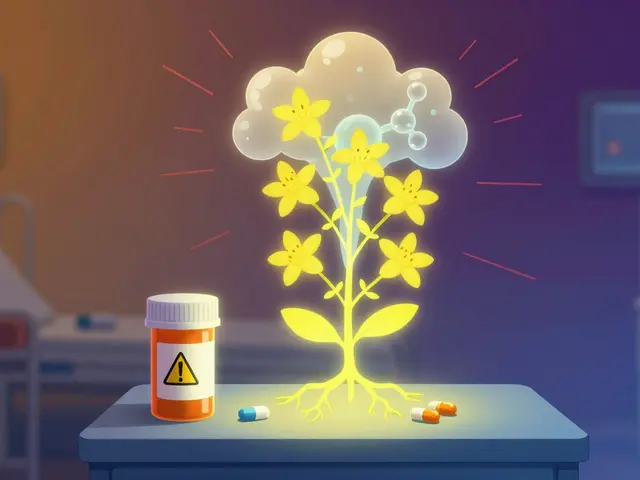Chronic swelling (edema): quick, practical steps to feel better
Swelling that sticks around—especially in the legs, ankles, or hands—is usually called edema. It happens when extra fluid builds up in the tissues. You don’t need a complicated explanation to start doing useful things today: understand common causes, try safe self-care, and know when to get medical help.
Common causes and what they mean
Here are the typical reasons people get persistent swelling: heart failure (fluid backs up), kidney disease (body can’t remove extra fluid), liver disease (low protein lets fluid leak into tissues), chronic venous insufficiency (blood pools in the legs), lymphedema (blocked lymph flow), and medication side effects. Some drugs—certain calcium channel blockers, NSAIDs, steroids, and some diabetes medicines—can cause or worsen swelling. Less often, thyroid problems, infection, or blood clots are the cause.
Knowing the cause matters because treatment changes. Heart failure and kidney problems often need specific medical treatment plus careful use of diuretics. Venous or lymphatic issues may respond to compression and movement rather than stronger water pills.
Simple home steps you can try today
Start small but smart: cut down on salt, lift swollen legs above heart level for 20–30 minutes a few times a day, move regularly (short walks or ankle pumps), and wear fitted compression stockings if they feel OK. Track your weight daily—sudden gains of 1–2 kg in 24–48 hours can mean rapid fluid retention and need a doctor call. Avoid long standing or long sitting; change position often. When shoes feel tight, choose supportive footwear and avoid tight bands on socks.
If a doctor prescribes a diuretic, follow their instructions and get labs checked. Diuretic types include loop diuretics (like furosemide), thiazides, and potassium-sparing ones such as amiloride. Each works differently and can affect electrolytes and kidney function, so monitoring with blood tests is essential. For people with conditions like Gitelman syndrome, specific drugs and electrolyte plans are needed—this is not something to change on your own.
There are red flags that need urgent care: sudden, severe swelling of one leg (raise concern for a clot), sudden shortness of breath or chest pain (possible heart or lung problem), very low urine output, high fever, or painful, red, hot skin (possible infection). If any of these happen, seek emergency help.
Finally, bring a list of medications to your appointment—many cases of edema are drug-related. Ask your clinician about basic tests: blood pressure, heart exam, ECG, BNP (if heart failure is suspected), kidney and liver blood tests, urinalysis, and duplex ultrasound for veins if needed. Managing chronic swelling usually blends simple daily habits with targeted medical care, and most people notice real improvement when the cause is identified and treated correctly.
In my latest blog post, I delve into the psychological impact of chronic swelling, a condition that often goes beyond physical discomfort. Living with constant inflammation can lead to feelings of frustration and helplessness, as it may limit daily activities and affect one's self-esteem. Anxiety and depression are also common emotional responses to this persistent issue. It's important to remember that seeking professional help, like therapy or counseling, can be beneficial in coping with these emotional challenges. By addressing the psychological impact of chronic swelling, we can work towards improving mental wellbeing and overall quality of life.



